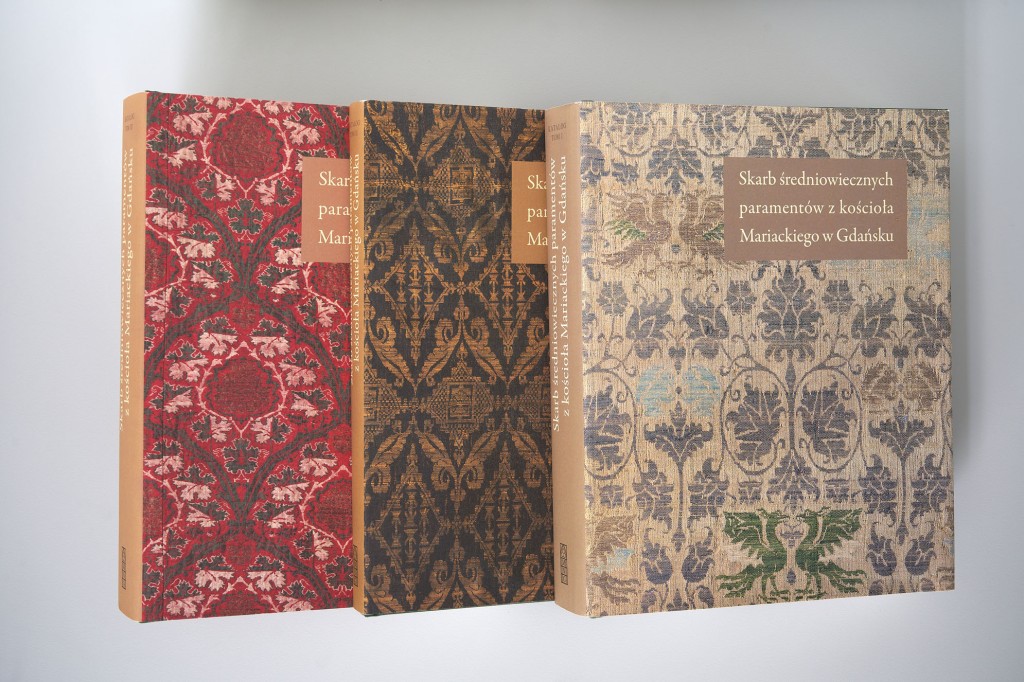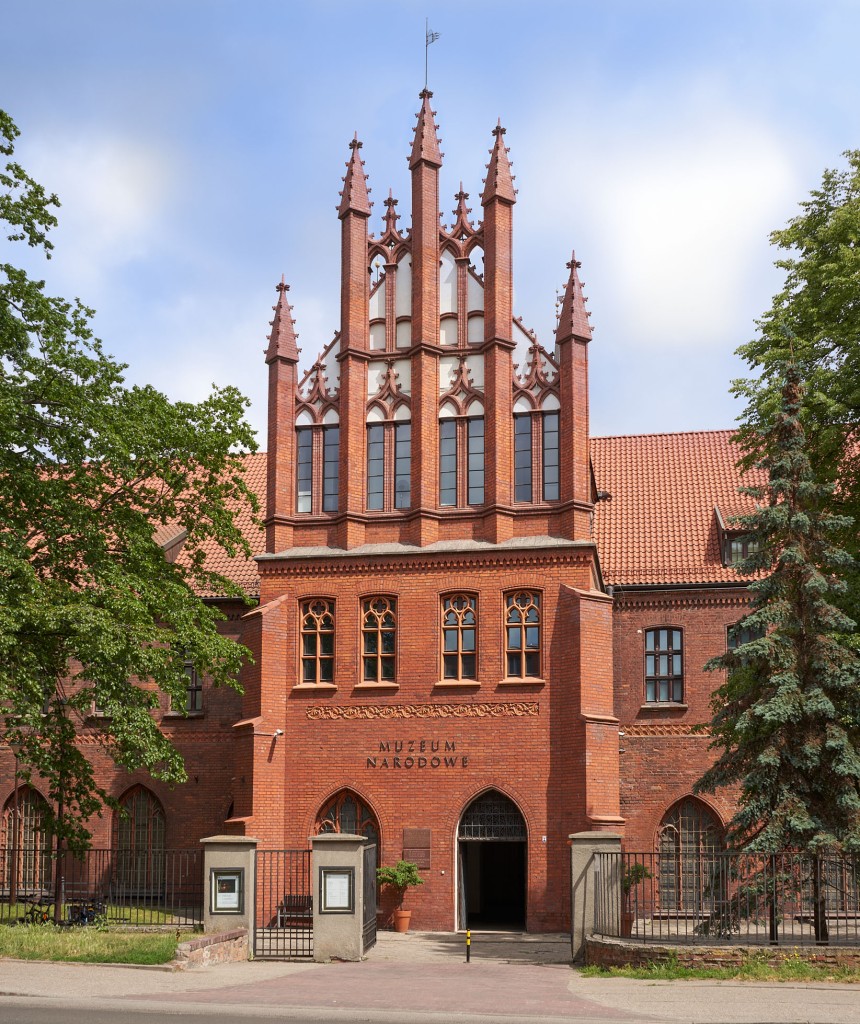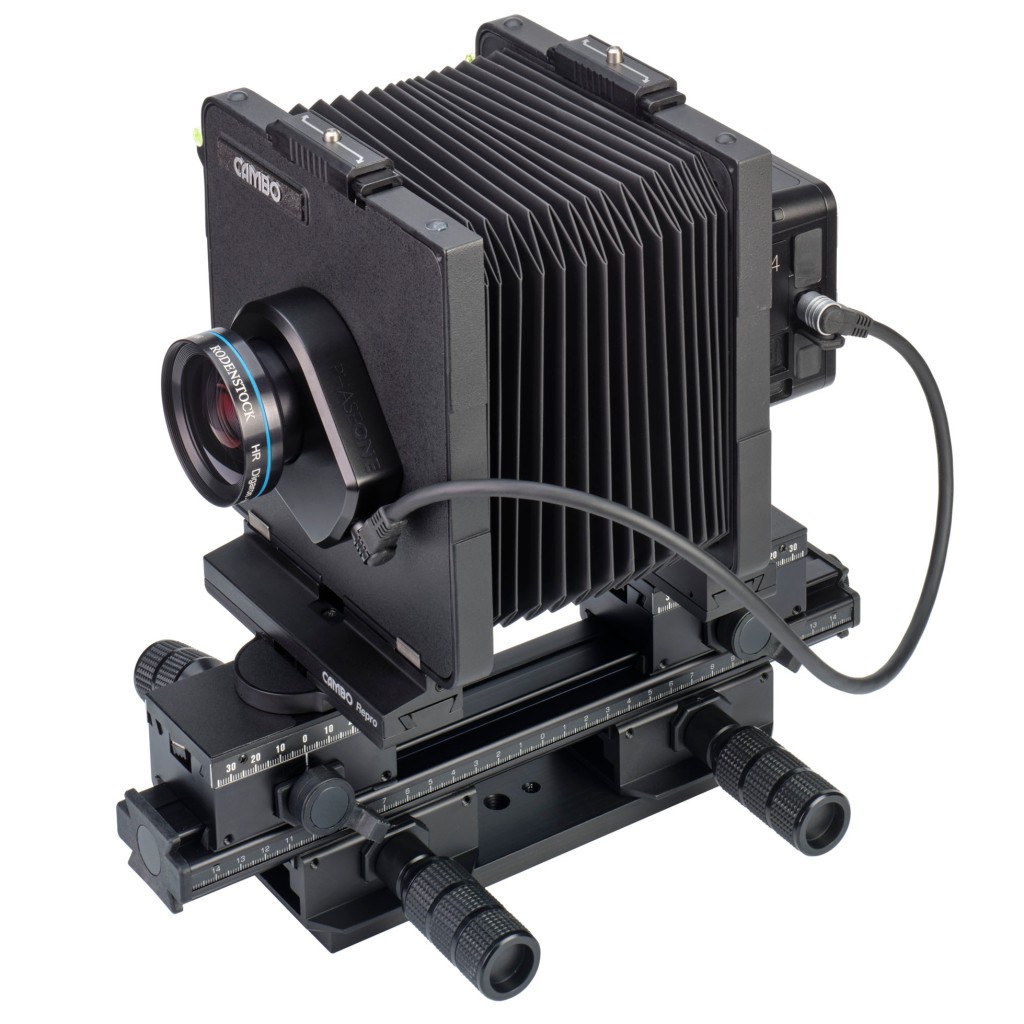
In our age of information the need for digitisation of cultural heritage and objects of art has immensely increased. An often time consuming task, which requires craftmanship, dedication and patience. A lot of patience. This three-volume scientific publication about medieval paraments (elements of liturgical garments) required 18 months of work at the photo studio of the National Museum in Gdansk, Poland.

Foto7 in Gliwice has been Cambo’s distributor in Poland since 1989. The pioneering years. During a visit I had the pleasure to sit down with Grzegorz Nosorowski, the National Museum of Gdansk’s photographer and digitisation expert. Grzegorz brought his own Cambo Actus, Sony A7rIV and an Image Engineering test target. At the Foto7 showroom he set up the gear, checked alignment with a ZigAlign and started to test a few Actar lenses. By the conscientious and methodological approach one could tell here’s an experienced and skilled photographer at work.
Indeed Grzegorz Nosorowski can look back upon about forty years of professional experience. As a young man he was interested in artistic photography. As so many of us, he started to develop film and do his own printing in a make-shift darkroom. His business really started to flourish in the 1990’s. In those years Poland experienced a huge economical and political transformation. This resulted in rapid growth of the advertising market and a high demand for commercial photography. The country however didn’t have the photographic services – labs, retouching specialists, suppliers – photographers in Western-Europe were accustomed to. Grzegorz was running his own studio, shooting all kinds of subjects, from food to fashion and from architecture to aerial. He mainly worked on 4×5” film and did – had to do – his own E6 developing. A service he soon started to offer to fellow photographers. Pioneering years indeed. It resulted in a professional laboratory with rack-and-tank machinery as a parallel business alongside the studio.

When the chemical process became too time consuming for most commercial applications, Grzegorz closed down his lab and exclusively concentrated on photography. Being passionate about technical perfection and constantly looking into solutions for challenging tasks he gradually became the go-to photographer for the digitisation of artwork, manuscripts and old prints. After a period of freelance co-operation, the National Museum in Gdansk asked him to become their staff photographer.
Back to the medieval paraments. Not long after Grzegorz had joined the Museum’s staff, a curator brought these old and fragile items into the studio. Flat, no reflections. Initially it seemed an easy task. However, the interlaced yarns in the fabric had a pattern that interfered severly with the camera sensor’s matrix and the moiré effect became totally unacceptable. The only solution available at the time was to revert to a Phase One Powerphase FX scanning back connected to a Cambo 45 Repro-D.


The procedure came back to mind when just recently Grzegorz had to photograph a large scale painting on textile. This time a Cambo Actus was used, combined with a Sony A7r. Its pixel-shift mode ensured adequate resolution and avoided moiré. The Cambo MBX Stand provided the necessary stability. Grzegorz greatly values the Sony’s pixelshift solution when maximum tonal range and color accuracy is needed.
Photographers digitising our cultural heritage may not gain much public acclaim. There is however a large group of professionals working in this industry and in general they’re not averse to share their experiences and best practices. Grzegorz himself is a digitisation expert at the National Institute for Museums and Public Collections training and tutoring photographers around Poland.

More about the museum: Muzeum Narodowe w Gdańsku
Our partners in Poland: Foto7
